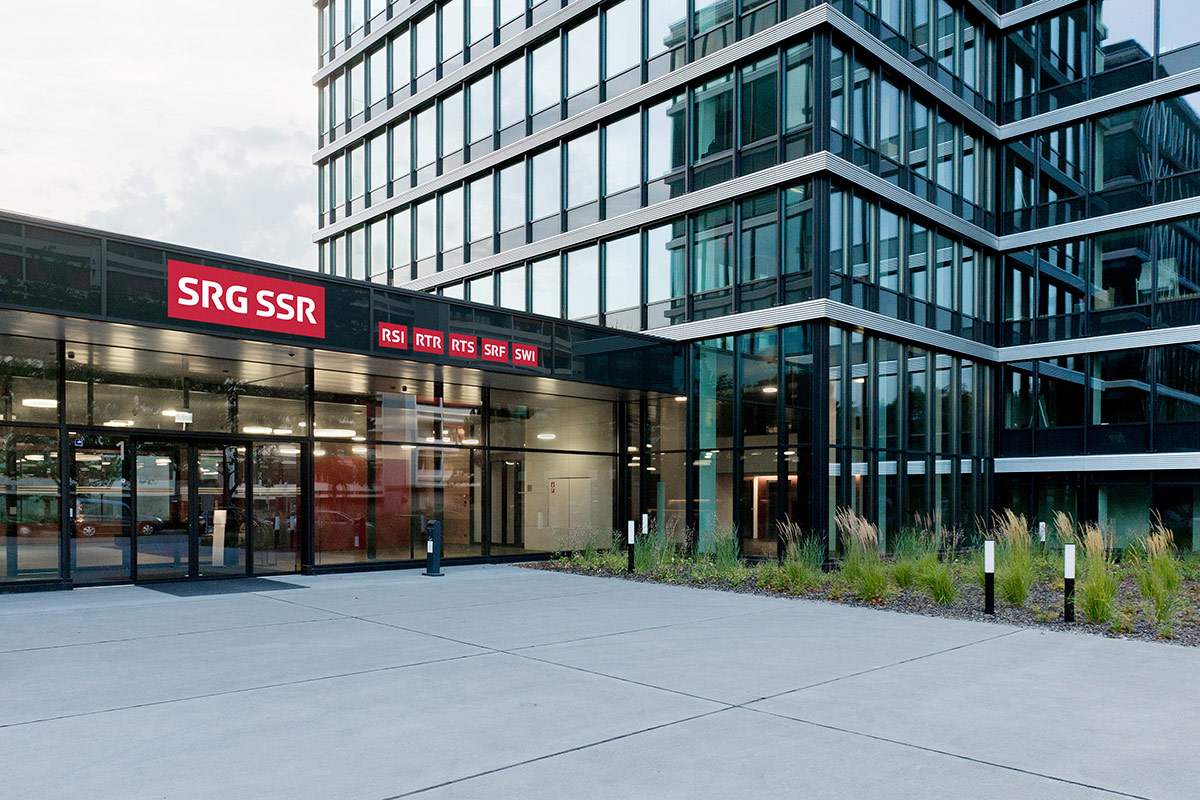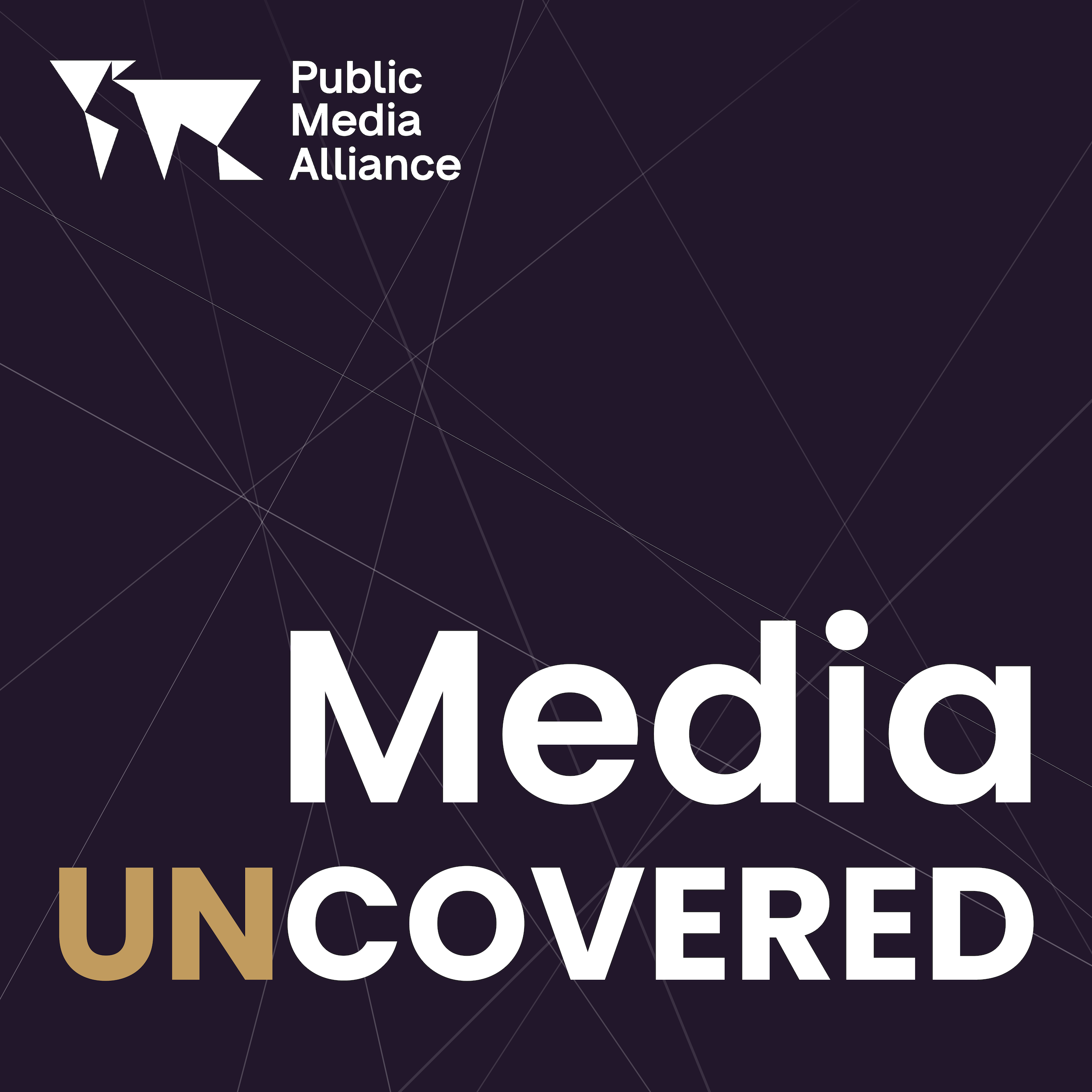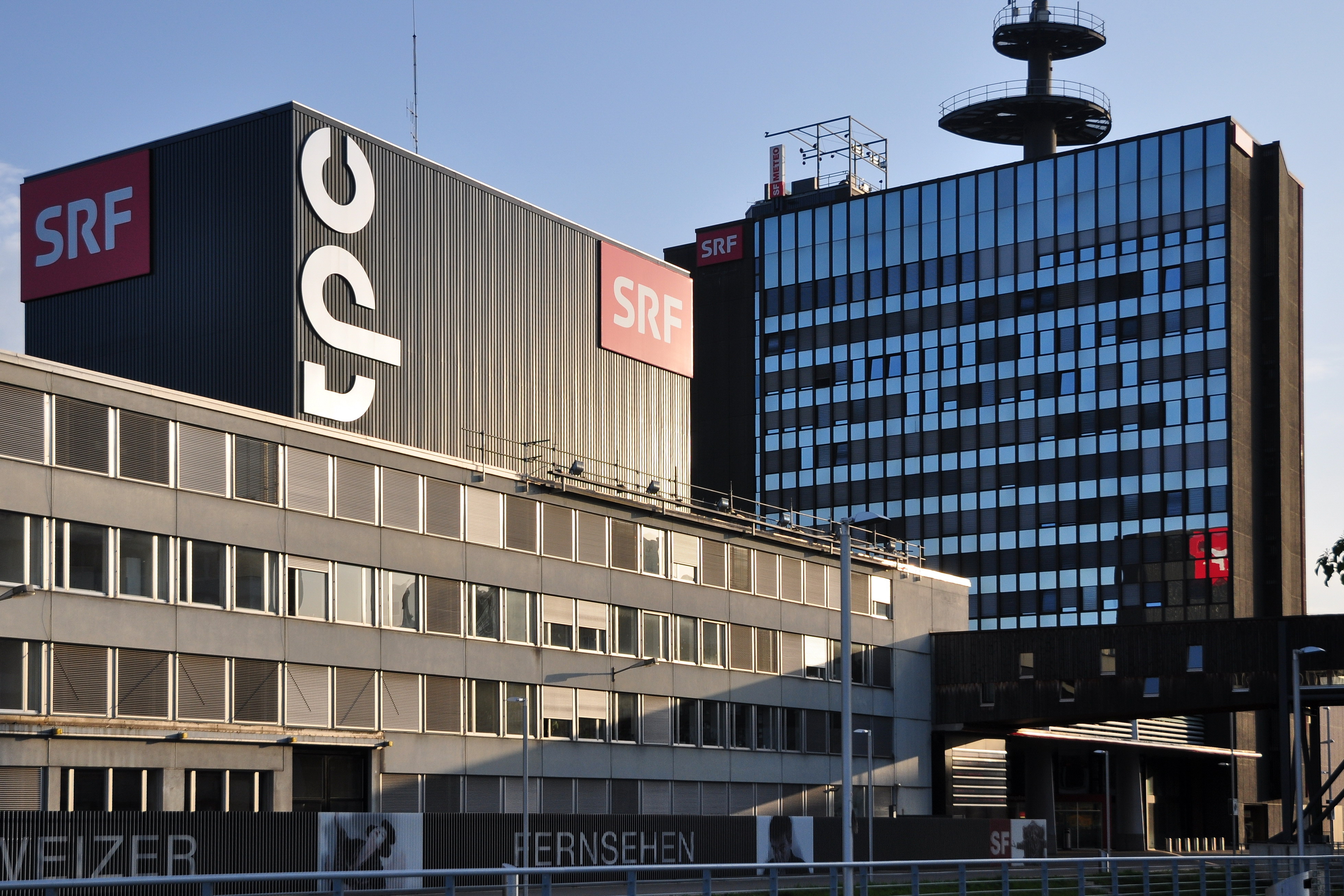MEMBER PRESS RELEASE
Yearbook on Media Quality: SRG offerings have no negative impact on the use of private media
23rd October 2024
A new report on media quality in Switzerland revealed that SRG SSR drives the consumption of private media content in complement of their own offering.

This press release was originally published by SRG SSR.
The Research Center for Public Opinion and Society (fög) at the University of Zurich publishes an annual assessment of media quality in Switzerland in the “Media Quality Yearbook”. The SRG formats have once again received a lot of praise. In addition, the in-depth study on the relationship between the SRG and the private media, with the first empirical review for the Swiss market, shows a positive connection between the use of the SRG and the use of the private media. The use of SRG offerings also does not influence the willingness to pay for online media.
Read more: SRG SSR on fostering citizen’s political participation
Since the first edition of the “Media Quality Yearbook” in 2010, the Research Center for Public Opinion and Society (fög) at the University of Zurich has been providing annual, current key figures on media quality, media usage, media concentration and the development of the Swiss media system. All media genres are examined and current events and trends are classified by scientists.
SRG online offerings do not influence willingness to pay for private media
In this year’s study, the fög conducted the first empirical test of the “crowding-out” thesis for the Swiss market. The “crowding-out” thesis states that public media offerings are displacing private media. The in-depth study examined two questions: whether the SRG is displacing private information media in the public market, and whether the use of SRG offerings is linked to a lower willingness to pay for news in the online sector.
The results show that the use of SRG services does not lead to a lower use of subscription, commuter and tabloid media. On the contrary: SRG users consume information services from private media more frequently than non-SRG users. According to the study, it can therefore be concluded that the SRG strengthens rather than weakens private media companies in the public market. Complementary use also predominates in the online sector. Only 3.5 percent of the population obtains information online exclusively from SRG services. Contrary to the “crowding-out” thesis, the results show that the use of public media complements the use of private information services and does not replace it.
Listen toour podcast
Uncovering and exploring the biggest
issues facing public media
According to the fög’s analysis, the use of digital or linear SRG offerings as well as commuter and tabloid media has no influence on the willingness to pay for online news. This is consistent with the results of a study from 28 EU countries (Sehl et al., 2020). Rather, the willingness to pay is linked to interest in news and politics. Against this background, according to the fög, a reduction or even elimination of SRG offerings would not lead to a significant increase in the proportion of paying users of subscription media.
The fög summarizes as follows: “The analysis suggests that public and private media should work together on solutions instead of fighting each other, because a large part of the problems are due to the upheavals caused by the large tech platforms.”
SRG information programs occupy top positions
According to fög, public radio and television are at the top of the list in terms of media quality, ahead of private television, online subscription newspapers and the SRG online platforms. The SRG online portals are at a similar level to average subscription newspapers (and higher than commuter or tabloid newspapers). Although they have declined overall since 2015, they still offer a high level of relevance and variety.
The SRF radio programs “Echo der Zeit” and “Rendez-Vous” continue to be the leading programs in terms of quality. They are characterized by a particularly high level of relevance and thus a particularly high level of hard news orientation and by above-average classification performance. The classification performance of the magazine “10vor10” and the “Tagesschau” is also very high. Other SRG programs also offer good or above-average quality in reporting: the RTS programs “12h30”, “La Matinale”, “Le 19h30”, the “Telegiornale” from RSI and SWI swissinfo.ch.
The news broadcasts of SRF and RTS enjoy a high level of trust among the population. Trust in subscription newspapers such as Le Temps, NZZ, 24 heures and Tages-Anzeiger is also high, although the figures are slightly lower.
Yearbook of Media Quality
Related Posts
21st August 2024
Fake or Fact: SRG and SBB launch new module on school train
The rolling classroom will drive…
29th November 2023
SRG SSR warns of significant cuts if levy reductions pass
The Swiss public broadcaster SRG SSR…
18th August 2023
‘SWIplus’ app to strengthen political participation of the Swiss Abroad
The SWIplus app will cater to the 10%…



